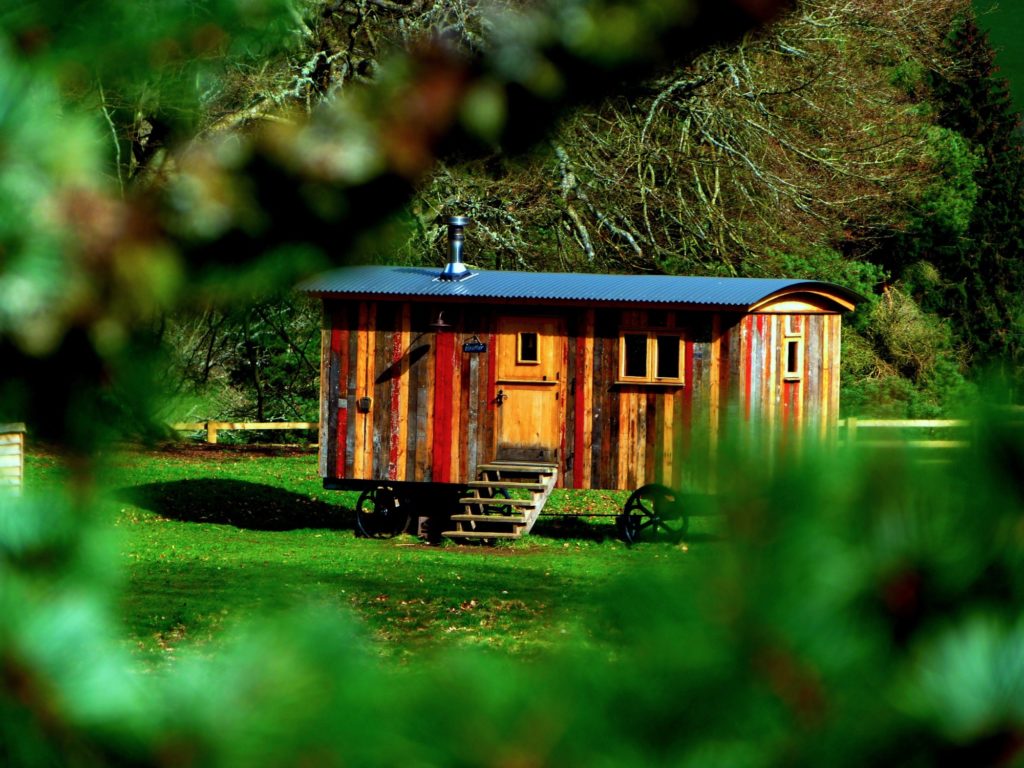7 Pro and Cons of Tiny House Living You Hadn’t Considered Before
The latest numbers from the Census Bureau show that the average American house occupies at least 2,400 square feet. This is twice the average house in Japan, Italy, and the U.K. and thrice the houses in China and Russia.
Clearly, American homes have more space than what’s needed as you can comfortably live in as a little as 500 square feet. A tiny house offers the comfort of the large house with many other benefits.
Going tiny seems like downgrading, but there are a number of positive things about tiny house living that many people don’t know. Read on to discover the pros and cons of tiny house living.
The Pros of Tiny House Living
Consider the following advantages of living in a tiny house:
1. It’s Easier to Own
With 64.8 percent of American households owning new homes, home ownership is higher for small houses (at 78 percent) compared to those who own larger ones (at 65 percent). Even better, those with smaller houses rarely go for loans or mortgages to build their houses.
On the other hand, more than 30 percent of big house owners acquire them through mortgages. As such, owning a smaller house is easier and burden-free.
2. They Can Be Portable
Among the most common tiny house ideas is portable housing. This tiny house type can act as the third wheel to your vehicle and move with you wherever you go.
This setup is perfect for holiday camping and road trips as it allows you to access the comfort of your house wherever you are.
3. Low Maintenance Costs
The smaller size of the tiny house means you’ll do less cleaning, fewer repairs, and less upgrading compared to the conventional home.
This house will also cost less to build. In fact, a typical small house is about 80 percent cheaper to build compared to the average home.
4. No Septic System Required
A tiny house doesn’t come with a septic system (and its complications). You won’t worry about burst pipes, blocked sewers, and the mess associated with it.
A composting toilet is all you’ll need for this type of house. This is a low-maintenance alternative to the traditional toilet with the advantage of portability, eco-friendliness, and smaller size
The smaller space will force you to only have essential items in your house.
Most people hoard a lot of unnecessary stuff since the extra space in their homes tends to make them spend more to fill it up.
6. You Focus on Quality Rather Than Quantity
Having fewer items allows you to spend more on quality items. For example, you can install high-quality flooring such as bamboo or mahogany since you’ll only need to cover a few square feet.
Hiring is a construction company to customize your home interior design is also more affordable with a tiny house. What’s more, you can buy better household items such as utensils, entertainment systems, TVs and gaming consoles since you’ll have more money at hand.
7. You Incur Lower Bills
The smaller space in a tiny house means you’ll need less water, electricity, and waste disposal. This translates to less monthly bills. You can also afford to live off the grid with a solar panel and batteries.
The Cons of Living in Tiny Houses
The downsides of these houses include the following:
1. There’s Little Space
If you’re coming from a conventional house, tiny houses will give you very little space to work with. This may force you to do without some of your most essential items. The result is that you may be trading away your comfort by living in a tiny house.
2. Less Privacy
Tiny houses floor plans don’t allow for privacy aspects such as bedrooms, bathrooms, and other such rooms. This makes it difficult to share your house with another person.
3. Regulations May Hinder You to Own One
Some areas have building codes stipulating the smallest size of a house an individual can build. In other cases, moving with your house may not be allowed in the given area. Such regulations may force you to go for a conventional house.
4. Accessibility is a Problem
The luxury of drawers and shelves is lacking in tiny houses given the limited space. Most of the small houses have hidden storage compartments which require a lot of effort on your end to reach.
It’s even more difficult when you’re sharing the house with someone else.
5. May Require More Effort to Carry Out Daily Activities
A normal home can go without cleaning for a few days without much change in its appearance. For a tiny house where you can see all areas and items, a small change in the position of an item or presence of dirt has a significant impact in its appearance.
This pushes you to clean and organize the house several times a day.
6. Higher Purchase Costs for Most Items
Making bulk purchases saves money because of the relatively lower prices. With a conventional house, you can make bulk purchases since you have the space to store the items you won’t use immediately.
With a tiny house, you’re forced to buy items such as foods in smaller amounts as there’s no space to store everything at once.
7. Difficulty in Using Some Amenities
Frequently used provisions such as the composting toilet may be challenging for people with mobility limitations. Besides that, you need specific legal approvals to have items such as the composting toilet in tiny houses on wheels.
Consider Tiny House Living
If you can live with these disadvantages, then tiny house living is your thing. Apart from being affordable and saving on space, it’s also eco-friendly. Follow our blog for more insightful articles.
